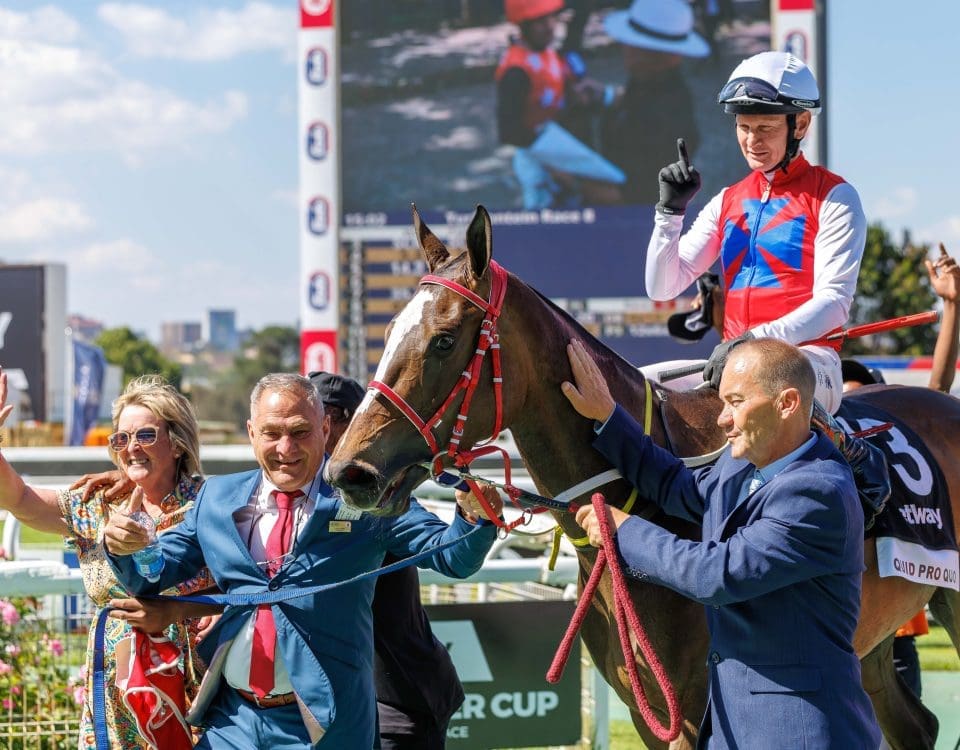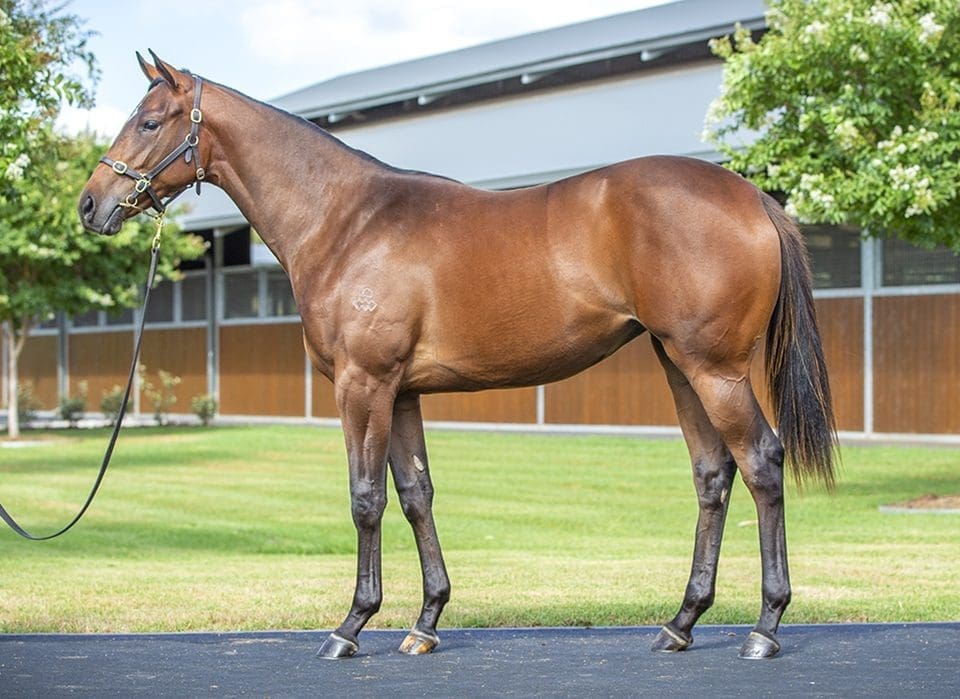The Thoroughbred Breeders Association and Bloodstock South Africa held a seminar for the KZN Breeders Club recently to discuss the scoring of mares for the National Yearling Sale.

A number of examples of mares currently at stud were given of both suitable and unsuitable prospects, and how the panel chose the pedigrees and scored accordingly. Amongst them, Jehan Malherbe gave Sahara a 4, the dam of Matador Man recently sold to Gary and Colleen De Klerk of Summerview Stud (scores are from 1-5).

Jehan advised breeders to be mindful and use the scoring as a guideline, drawing comparisons to lesser bred fillies with better race records, and better bred fillies with perhaps not as inform race records, but well related – breeders must take into account what they have produced, and how many foals produced to date in relation to their success at stud.
Jehan also covered the various strengths of mare’s catalogue pages, who had progeny racing in overseas jurisdictions such as Kenya, Mauritius, Singapore, Hong Kong and Zimbabwe, and why some information couldnt be shown due to racing standards – such as Kenya.
“Singapore and Hong Kong will count. An example is the Hong Kong Gr1 race that Singapore Sling won – its an International Listed race, but a Gr1 in Hong Kong. The QE II on the other hand, Champions Mile and Champions Cup are proper international Gr1’s from Hong Kong. The rest are considered to be Listed races from an international standard. In the catalogue we would show either as a Listed race, or “HK-Gr1″. Kenya dont have Black Type races at all. We have to conform to international cataloguing standards and we have international buyers attending our sales. We can mention at special request to add in if a horse won the Kenyan Oaks, but it will not be in Black Type.”

“If you have to look up to the third dam to find quality, it is not Nationals quality. A mare who scores 1.5 is not Nationals quality and will be excluded, however, if you have a mare that is a 1.5 and a colt that is 9 from a very good Top 5 stallion, we will review it.” It was also important to review as a breeder, if the family in the first 3 dams has been successfully active in the past 10 years.
“When the entries arrive, we have 500 spots open and 350 horses score 15 points and above, and that is our cut off point – they will all be on the sale as they immediately qualify. From 13.5 to 14.5 will be considered and from there on, its by invitation only for the balance of the places available.” Jehan also gave examples of first season sires represented at the sales and the points allocated, and said the list of sires and their points will be available on the TBA website for breeders to view and plan ahead. All stallions start of on 2.5.

If he is a local Gr1 winner, he gets a 3. If he is an international Gr1 winner, he will get a 3.5. If he has an exceptional pedigree, he will get another half a point for pedigree. If you breed a mare that is a 4.5 to a stallion thats a 2.5, you will get on the sale. All first season sires are considered.
If you send a mare that is a 5 to a stallion who is a low score, and breeds a 9 yearling, it has to get on the sale as there is more than 14 points and it will be sold. Jehan also advised breeders not to send all mares to first season sires, as only 1 in 20 make it. He also advised to send mares to big sires to keep individual sales drafts balanced.
Jehan emphasised that breeders must not be scared to talk to the selectors – “we are not here to to fail or pass you, we are here to try and work together to put the right horses on the right sale. Listen to the selectors if they assess that a yearling will be better on a later sale.”
Chris Haynes and Jane Thomas of Bloodstock South Africa were on hand to discuss sales and yearling inspection and selection questions, whilst Catherine Hartley of the TBA also addressed all present and gave an update on the Studbook.




